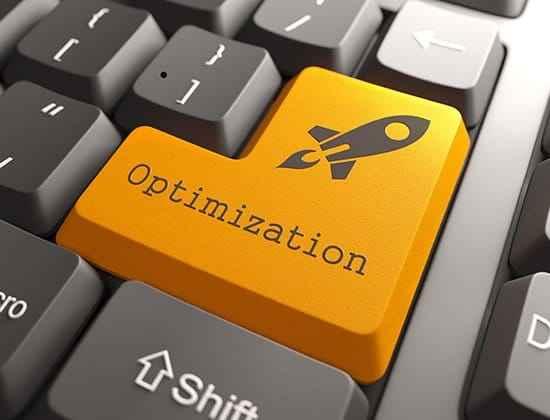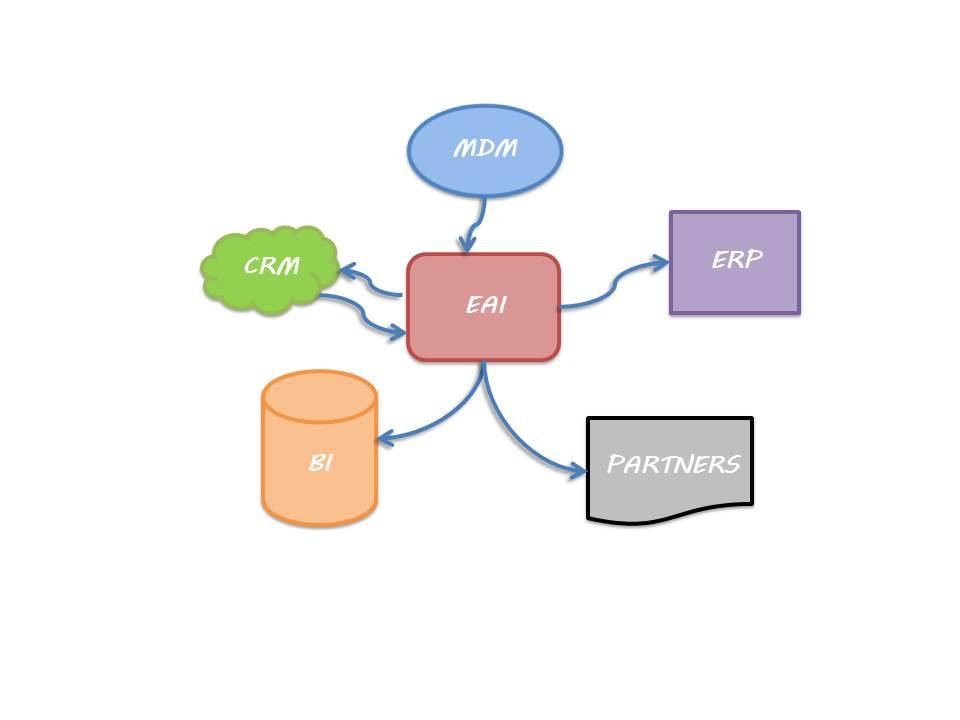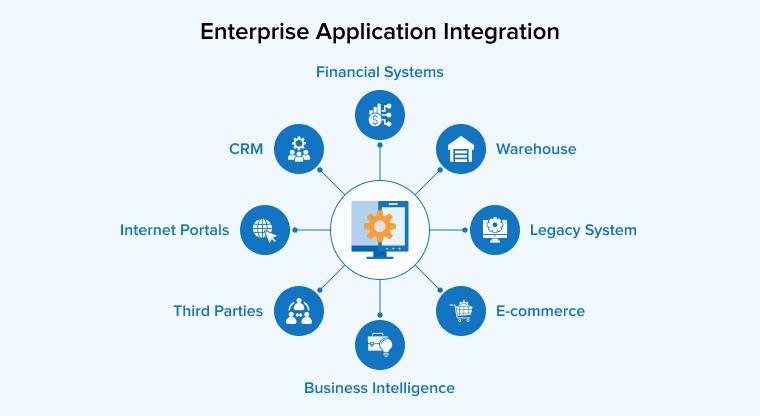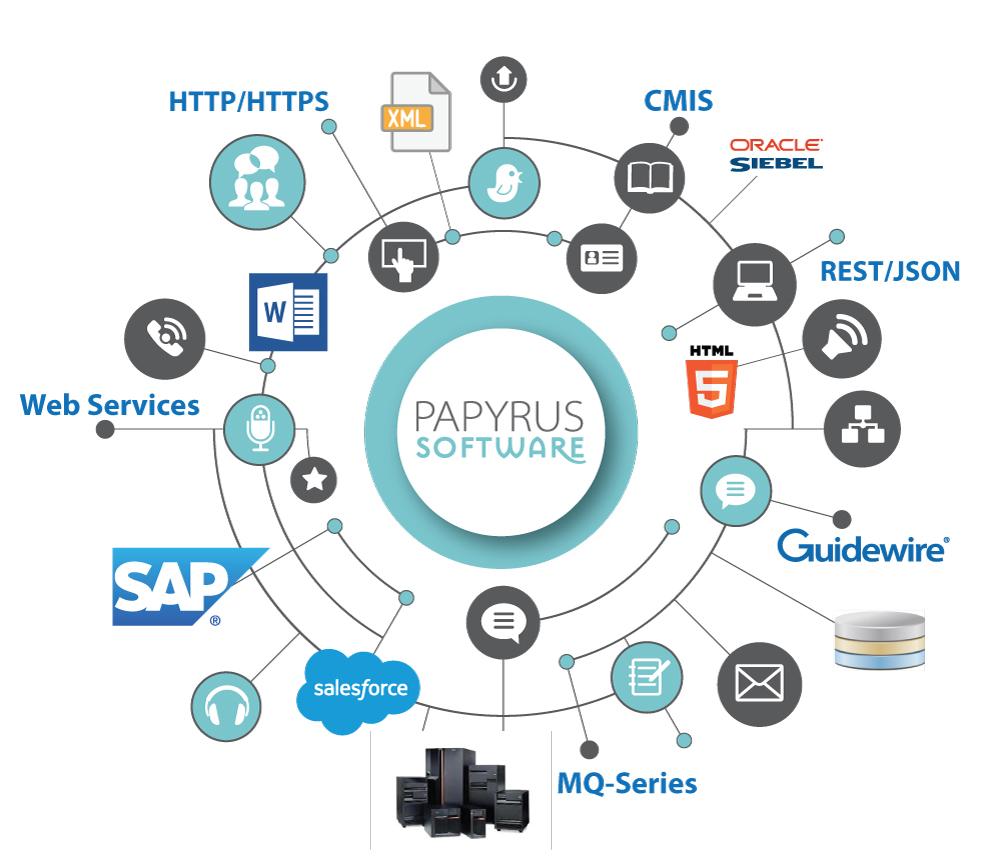In the rapidly evolving world of logistics, transport, and shipping, the seamless integration of various enterprise applications has become paramount for businesses seeking to stay competitive and efficient. Enter Enterprise Application Integration (EAI), a game-changing solution that streamlines communication and data exchange between systems, enabling smoother operations and enhanced decision-making processes. Join us as we delve into the intricate web of EAI in the logistics industry and discover the transformative impact it has on modern supply chain management.
Challenges in Integrating Enterprise Applications for Logistics
One of the biggest is the complexity of the systems involved. Logistics operations involve multiple components such as transportation management systems, warehouse management systems, order management systems, and more. Coordinating these systems to work together seamlessly can be a daunting task, requiring a deep understanding of each system’s functionalities and interdependencies.
Additionally, data integration is another major hurdle in enterprise application integration for logistics. Different systems may store data in different formats and structures, making it difficult to exchange information between systems. This can lead to data discrepancies, delays in information flow, and errors in decision-making. Ensuring that data is accurately mapped and synchronized across all integrated applications is crucial for a successful integration process.

Optimizing Transport and Shipping Processes through EAI
Implementing Enterprise Application Integration (EAI) into logistics, transport, and shipping processes can significantly enhance efficiency, streamline operations, and reduce costs. By integrating various systems and applications within an organization, EAI enables seamless data exchange and communication between different departments and external partners. This integration eliminates data silos, reduces manual errors, and improves overall visibility and control over the entire supply chain.
With EAI, organizations can automate tasks such as order processing, shipment tracking, and inventory management, leading to faster delivery times and better customer satisfaction. By integrating ERP, CRM, WMS, TMS, and other systems using EAI technology, companies can optimize their transport and shipping processes, improve decision-making, and respond quickly to changing market demands. Ultimately, EAI empowers organizations to adapt to the dynamic nature of the logistics industry and stay competitive in the ever-evolving market.

Benefits of Implementing EAI in the Logistics Industry
One of the key benefits of implementing Enterprise Application Integration (EAI) in the logistics industry is the ability to streamline operations and improve efficiency. By integrating various systems and applications across different departments, companies can eliminate silos of information and achieve a more holistic view of their supply chain. This can lead to better decision-making, reduced manual errors, and ultimately cost savings.
Another advantage of EAI in the logistics sector is enhanced visibility and real-time tracking capabilities. With integrated systems, companies can easily track shipments, inventory levels, and transport vehicles in real-time. This not only improves customer satisfaction by providing accurate delivery times but also helps companies optimize their routes, reduce fuel consumption, and minimize delays.

Key Recommendations for Successful EAI Integration in Transport and Shipping Operations
When it comes to Enterprise Application Integration (EAI) in the logistics, transport, and shipping industries, there are several key recommendations that can help ensure a successful integration process. One important recommendation is to choose the right EAI solution that is specifically designed to meet the unique needs of the transportation and shipping sector. This will help streamline communication between different systems, improve data accuracy, and enhance overall operational efficiency.
Another crucial recommendation is to establish clear communication channels between all stakeholders involved in the integration process. This includes IT teams, logistics managers, shipping coordinators, and any other relevant personnel. By creating a cohesive team and setting clear expectations from the start, companies can avoid common pitfalls and ensure a smooth transition to an integrated EAI system.
In Summary
In conclusion, Enterprise Application Integration (EAI) plays a crucial role in streamlining and optimizing logistics, transport, and shipping operations for businesses. By seamlessly connecting different systems and applications, EAI enables efficient communication and data exchange, leading to improved decision-making and cost savings. Embracing EAI can pave the way for a more agile and competitive supply chain ecosystem. As businesses continue to navigate the complexities of the modern marketplace, integrating their operations through EAI will be key to staying ahead in the game.
